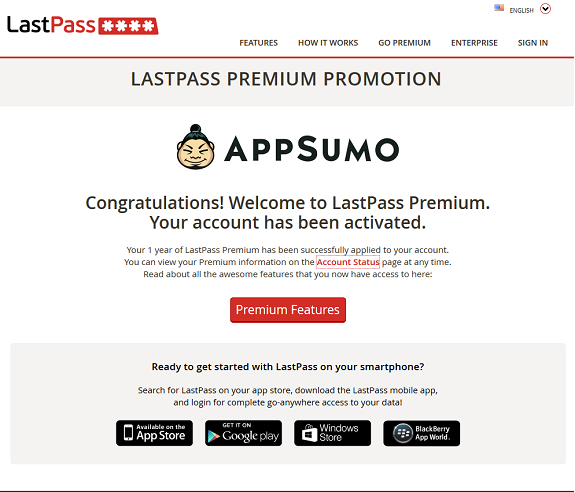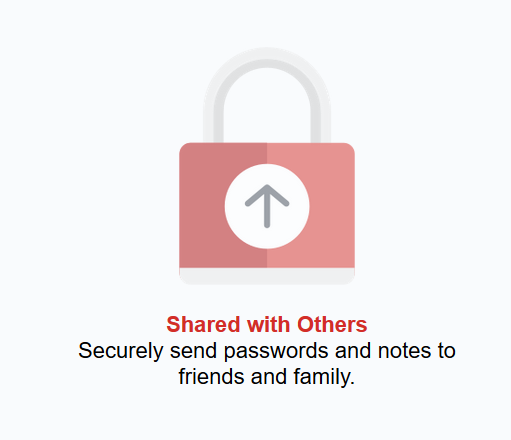

If you decide to leave LastPass, the browser extension lets you export a CSV file containing all your stored passwords, which you can import into another password manager or just use as a handy reference. And if you’ve recently changed your password, you can still use the old one to log in within 30 days – although, for security reasons, any new passwords you’ve added after the change will be lost.

You can also get a reset code via SMS if you’ve set this up in advance. You can optionally tick a box to enable autologin for any site, which tells LastPass to enter and submit your details as soon as the page loads for zero-touch authentication. If you’re signing up for a new site, LastPass will volunteer to generate and store a new, secure password for you. From now on, each time you enter a password (or other bit of personal information), LastPass will pop up and offer to remember it, and automatically fill it in next time. Once you’ve installed the browser extension or mobile app, you can choose to import passwords from your browser, or just start surfing the web as usual. Getting started with LastPass is effortless. Meanwhile, open-source challenger Bitwarden supports unlimited passwords and devices for free, while a Premium subscription costs just £7.20 a year, and a family account for up to six users works out to £29 per annum. That price includes Dashlane’s built-in VPN, which LastPass lacks. If you want to unlock multiplatform sync support again, your option after March 16 would be to subscribe to one of the company's premium tiers, which currently includes a $36/year individual plan (available for $27/year for a limited time) and $48/year family plan.Dashlane is slightly cheaper for individuals, too, costing around £29 for a personal subscription or £43 for families. After your three attempts expire, you will be locked to the last chosen platform. If you are not happy with your choice of platform, you will get three chances to switch it to the other one. Say you choose desktop in that case, you can continue using the service on the desktop and sync your passwords across multiple computers but not to your phone or tablet. Starting from March 16, when users of the free tier sign into either the mobile or the desktop app, that particular platform will become their default. This means you can create and save passwords on your computer through the desktop client and they will automatically be synced to your phone or tablet through the mobile app. Starting March 16, 2021, users of the free tier will be limited to using the service on either just desktop or just mobile.Ĭurrently, the free tier of LastPass is, by and large, a fully functional password manager that allows using the service across mobile and desktop platforms. LogMeIn, the company behind the popular password manager LastPass, has announced a major change to the way the free tier of the service works.


 0 kommentar(er)
0 kommentar(er)
